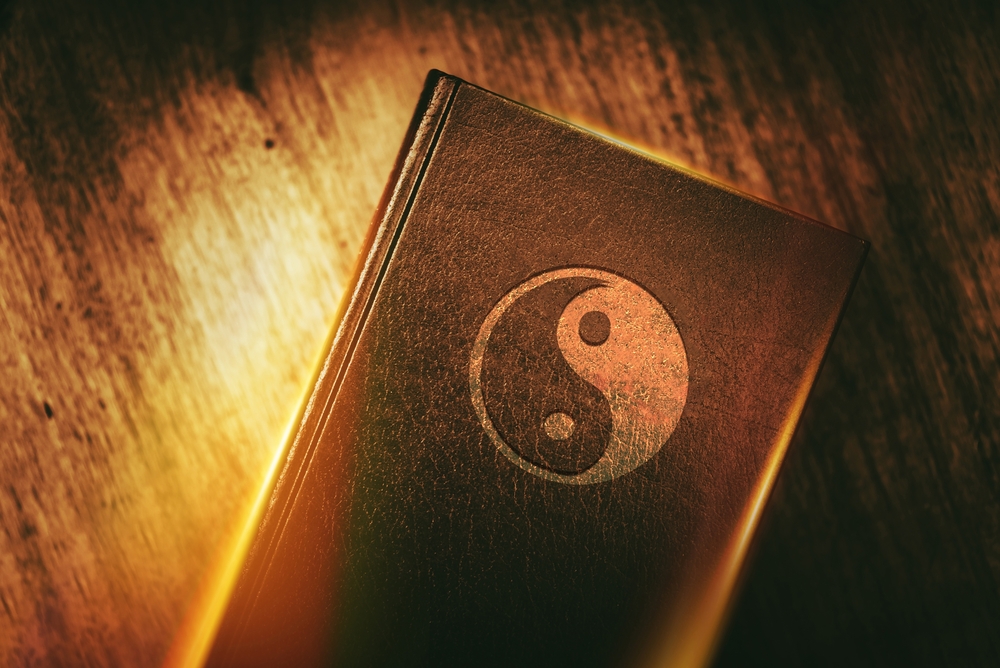
Taoism is a religion that has existed in one form or another since at least the fourth century BC. The belief system is thought to have been founded by Laozi, a Chinese philosopher and writer, and supposed author of the “Tao Te Ching.” Those who follow Taoism are said to follow the Tao, otherwise known as “the Way.” Interested in developing a deeper understanding of Taoism? Explore some of these interesting facts.
Origins of Taoism
While the exact origins of Taoism are still debated by scholars and theologians, there are a few points that are generally agreed upon. Many concur that Taoism came about from a number of rituals and beliefs common to the folk religions of rural China. In addition, many of the foundations of the religion are directly inspired by popular beliefs of fourth century BC China, such as the balance of the yin and yang.
The Flow of the Universe
The word Tao can be somewhat difficult to translate. While it is often referred to as “the Way” or “the Path” in English, it is most appropriately translated as “the flow of the universe.” By following Taoism, one must connect with the universe, understand it, and move along with the flow. The word Te is also important in understanding Taoism, as it is used to define the quality of life that comes about when an individual learns to live in balance with the natural flow of the universe.
Three Virtues
While there are a number of traits that are considered exemplary to Taoists, there are three virtues that sit above the rest. Also referred to as the “Three Treasures,” these ethical virtues help one live in simplicity and are called ci, Jian, and Bugan wei tianxia xian. While these are typically translated to English as compassion, moderation, and humility, respectively, it is important to note that translators have long lamented how difficult it is to find exact translations for these words in languages other than Chinese.
Pantheistic Beliefs
Though Taoism is often referred to as a pantheistic religion, it does not follow the worship of deities in the traditional sense most Westerners are familiar with. Instead of exclusively praying to anthropomorphic gods, Taoists heed the whims of “the Way.” Deities known as the Three Pure Ones are the most important of the Taoist gods and are said to be a trinity that is a “pure manifestation of the Tao.” The gods are known individually as Yuanshi Tianzun, Lingbao Tianzun, and Daode Tianzun.
Common Symbols
One of the most identifiable symbols associated with Taoism is the Taijitu, which in the West is referred to as the “yin-yang” symbol. Though it holds numerous meanings, it often is meant to embody the formation of order from a universe of chaos. Interestingly, it came about long after the religion itself had been formed. During the earliest years of Taoism, the concepts of yin and yang were symbolized by a tiger and a dragon. Many temples dedicated to Taoism feature these animals and phoenixes, which symbolize constant rebirth.
Hell Money
While animal sacrifices have long been common in older religions, Taoism was one of the first to prohibit the practice. Instead, offerings are made to the gods in the form of “hell money.” Essentially, hell money is paper that is designed to look like real money. The fake currency is set ablaze as an offering to the gods. The hope is that real money will be delivered to departed loved ones in the spirit world.
Taoism is an ancient religion that has persisted until the modern day. While it may be difficult, understanding Taoism is still relevant today.

